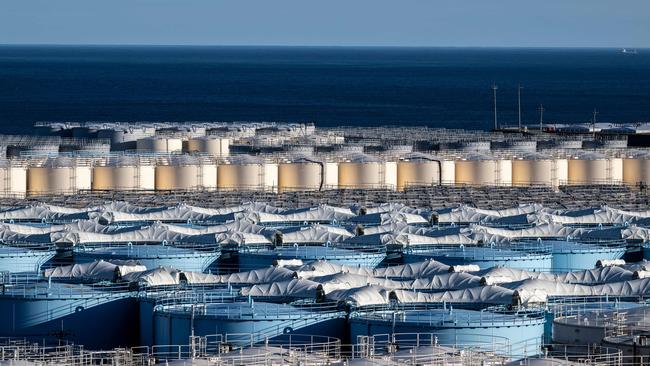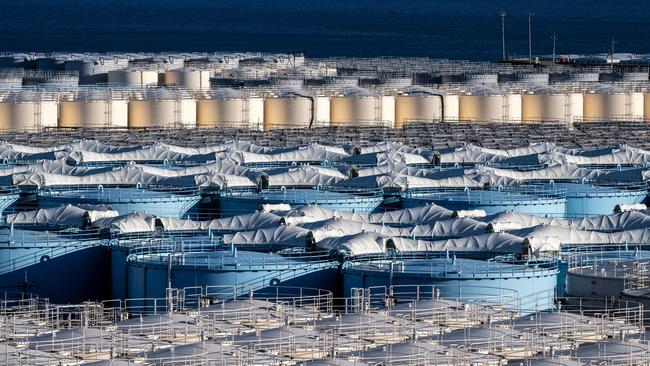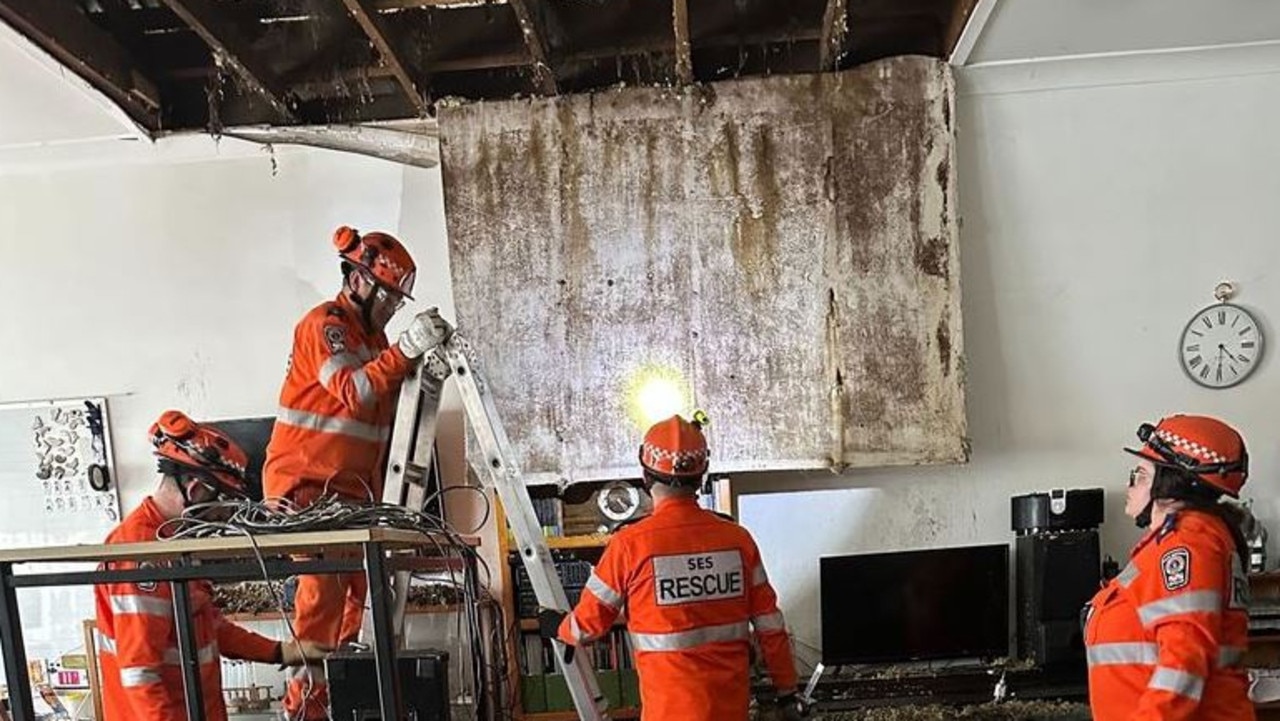Controversy over Japan’s plans to release a million tonnes of treated wastewater in the Pacific
Japan has a serious problem it can no longer control – and the “solution” has horrified our nearest neighbours, who say a catastrophe is coming.

Environment
Don't miss out on the headlines from Environment. Followed categories will be added to My News.
Controversy is growing over an “unjust” plan to release more than a million tonnes of treated wastewater on Australia’s doorstep – within months.
In 2011, Japan was rocked by the Fukushima nuclear disaster – the worst of its kind since Chernobyl in 1986.
Responders scrambled to stop damaged reactors at Fukushima’s Daiichi nuclear plant from overheating by pumping massive amounts of water through them, with the contaminated water then being stored in massive tanks at the site.
But now, Japan has run out of space, and in 2021, announced plans to release 1.3 million tonnes of the wastewater into the Pacific Ocean.
The water would be treated before being released over a period of several decades, with Prime Minister Yoshihide Suga saying at the time it was “a realistic solution”.
“We will do our utmost to keep the water far above safety standards,” he vowed.
In the almost two years since, Japan has been working out the finer details of the release, which is now due to begin as soon as the northern hemisphere’s spring or summer – Australia’s autumn or winter.
And some countries across the Pacific are furious.

‘Catastrophic harm’
Writing for The Guardian soon after the plan was first announced, youth advocates from the region Joey Tau and Talei Luscia Mangioni described it as an “unjust act”.
“To Pacific peoples, who have carried the disproportionate human cost of nuclearism in our region, this is yet another act of catastrophic and irreversible trans-boundary harm that our region has not consented to,” they wrote.
They were referring to the long history of the Pacific being used as the world’s nuclear waste dumping ground, with hundreds of nuclear tests being carried out across the region in the decades since the Second World War.
High-profile individuals and groups from across the Pacific – including from Vanuatu, Fiji, the Marshall Islands and French Polynesia – have also spoken out against Japan’s plan for months on end.
“If it is safe, dump it in Tokyo, test it in Paris, and store it in Washington, but keep our Pacific nuclear-free,” Vanuatu stateswoman and veteran activist of the Nuclear Free and Independent Pacific (NFIP) movement Motarilavoa Hilda Lini said soon after Japan’s plan was unveiled.
“We are people of the ocean, we must stand up and protect it.”
In another moving statement released last year, environmental advocacy group Youngsolwara Pacific likened the release to “nuclear war”.
“How can the Japanese government, who has experienced the same brutal experiences of nuclear weapons in both Hiroshima and Nagasaki, wish to further pollute our Pacific with nuclear waste? To us, this irresponsible act of trans-boundary harm is just the same as waging nuclear war on us as Pacific peoples and our islands.”
But the plan appears to be pushing ahead – and a string of experts have even voiced support for Japan’s move.

‘Best option’
The stored water will be discharged only after being thoroughly treated by the Advanced Liquid Processing System (ALPS) and diluted, and then being checked to confirm that the levels of all radionuclides contained are far below what is allowed under current safety standards.
The treatment of the water has also been undertaken with the participation of the International Atomic Energy Agency (IAEA) – the international authority on nuclear safety standards – and water will only be released when the organisation confirms it will occur safely and meets international scientific standards.
“Thanks to our presence, people everywhere can have full confidence that the water discharge is carried out without harming public health or the environment,” IAEA director general Grossi said recently.
Writing for The Conversation recently, Jim Smith, professor of environmental science at the University of Portsmouth, said releasing the treated water was the “best option”.
Prof Smith – who has worked on the impacts of radioactive pollutants in the environment for more than three decades – explained that before the water is stored in the first place, “the wastewater produced at Fukushima is treated to remove almost all of the radioactive elements”.
“These include cobalt 60, strontium 90 and caesium 137. But tritium – a radioactive form of hydrogen – is left behind,” he explained.
“When one of the hydrogen atoms in water is replaced by tritium, it forms radioactive tritiated water. Tritiated water is chemically identical to normal water, which makes separating it from wastewater expensive, energy intensive and time consuming. A review of tritium separation technologies in 2020 found that they are unable to process the huge volumes of water required.
“But as radioactive elements go, tritium is relatively benign and its existence as tritiated water reduces its environmental impact. Chemically identical to normal water, tritiated water passes through organisms like water does and so does not strongly accumulate in the bodies of living things.”

Meanwhile, a South Korean government study released this month also found the release of the wastewater would have little impact on South Korean waters.
“That change would be too small to detect,” an official at the Korea Institute of Ocean Science and Technology said, according to Reuters.
And the nation of Micronesia has also recently dropped its opposition to the release of the water, with president David Panuelo telling reporters he was no longer worried.
But for many critics of the plan, plenty of concerns remain.
“We must prevent actions that will lead or mislead us towards another major nuclear contamination disaster at the hands of others,” the former prime minister of the Cook Islands Henry Puna said just last month, as the deadline for the release looms.
Originally published as Controversy over Japan’s plans to release a million tonnes of treated wastewater in the Pacific





